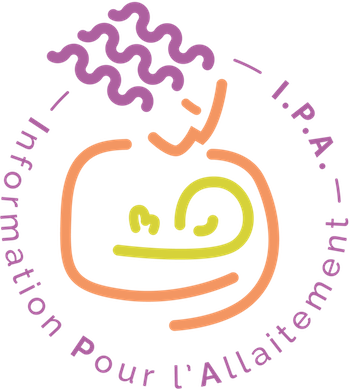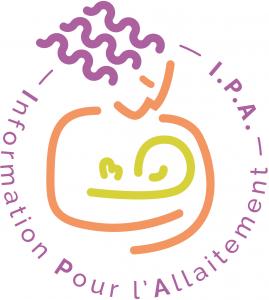Détail de l'indexation
PF.3 : Grilles d?évaluation |
Ouvrages de la bibliothèque en indexation PF.3 (16)
 Ajouter le résultat dans votre panier Faire une suggestion Affiner la recherche
Ajouter le résultat dans votre panier Faire une suggestion Affiner la rechercheArticle : texte imprimé
DL Tobin, Auteur |New parents need a way to assess the adequacy of their baby's breastfeeding. Health care providers, in addition, need a tool for teaching breastfeeding technique. This article describes a tool that focuses parental attention on eight elements re[...]Article : texte imprimé
Kerstin Hedberg Nyqvist, Auteur ; C Rubertsson, Auteur |Research on the development of preterm infant feeding behavior has focused mainly on bottlefeeding, using invasive methods or observations by professionals. In this study, a clinical method for observing breastfeeding was developed in collaborat[...]Article : texte imprimé
BACKGROUND: Although much research has focused on identifying factors that influence breastfeeding initiation and duration, many high-risk factors are nonmodifiable demographic variables. Predisposing factors for low breastfeeding duration rates[...]Article : texte imprimé
JA Schlomer, Auteur ; J Kemmerer, Auteur ; J Twiss, Auteur |This pilot study evaluated how the scores from each of two breastfeeding assessment tools correlated with breastfeeding satisfaction and problems. A convenience sample of 30 first-time breastfeeding mothers participated. Mothers were randomly as[...]Article : texte imprimé
Nurses most often use a subjective "well/fair/poor" system to assess and document breastfeeding. LATCH is a breastfeeding charting system that provides a systematic method for gathering information about individual breastfeeding sessions. The sy[...]Article : texte imprimé
Article : texte imprimé
TS Johnson, Auteur ; PJ Mulder, Auteur ; K Strube, Auteur |Objective: To describe the development of the Mother-Infant Breastfeeding Progress Tool to be used at the bedside by nurses to guide ongoing support and education for the mother-baby dyad.Article : texte imprimé
This study examined the relationship between breastfeeding competence in neonates and maternal satisfaction with breastfeeding during the early postpartum period. Mothers assessed their neonates' feeding behaviors and checked the satisfaction it[...]Article : texte imprimé
Jan Riordan, Auteur ; D Bibb, Auteur |The authors tested the validity of the LATCH breastfeeding assessment tool, controlling for intervening variables in 133 dyads. LATCH scores, mother's evaluation of an index feed, and intended duration of breastfeeding were assessed postpartum a[...]Article : texte imprimé
texte imprimé
Article : texte imprimé
K Mizuno, Auteur ; K Fujimaki, Auteur |BACKGROUND: One of the objectives of health-workers is to help increase the rate and duration of breast-feeding. It could become a helpful tool if babies sucking behavior at breast in the early neonatal period could predict babies at risk of sho[...]Article : texte imprimé
Kerstin Hedberg Nyqvist, Auteur ; U Ewald, Auteur |Preterm infants present a special challenge to lactation consultants because of their high reactivity to stimuli from their physical and social environment, low muscle tone, and limited extent of awake, alert behavior. In a descriptive case repo[...]Article : texte imprimé
EW Leff, Auteur ; SC Jefferis, Auteur |A Maternal Breastfeeding Evaluation Scale was developed from categories identified in qualitative research. Content validity was tested according to procedures described by Imle and Atwood and Lynn. A sample of 442 women who had breastfed comple[...]

 PF.1 Rôles des professionnels de santé
PF.1 Rôles des professionnels de santé




